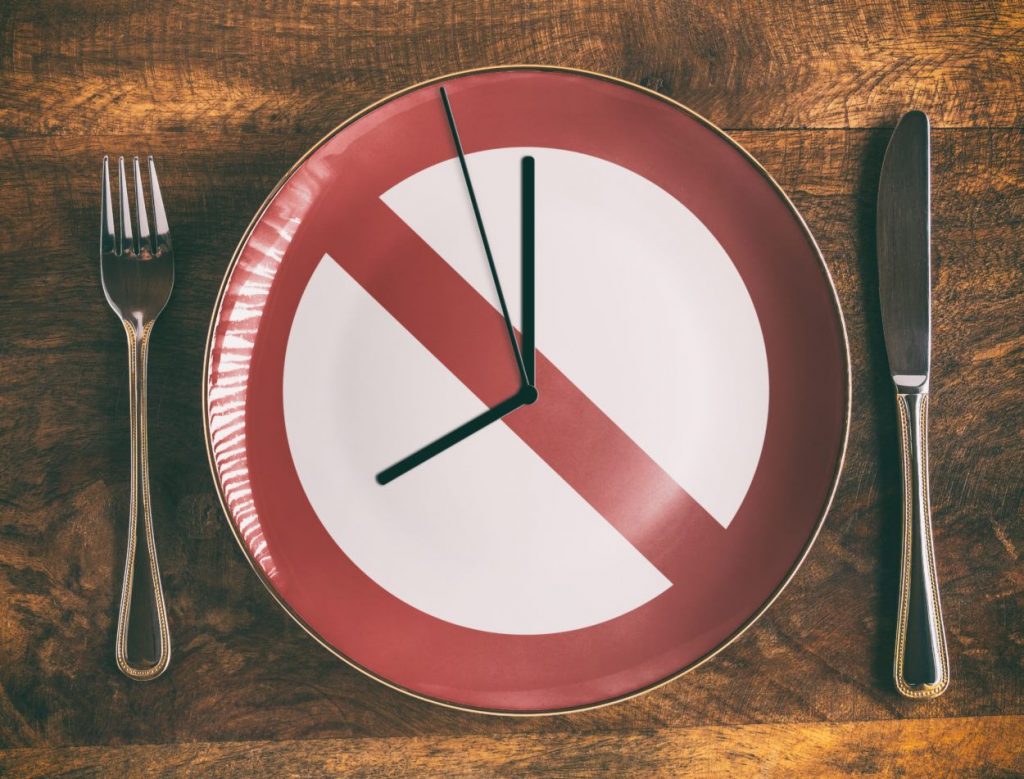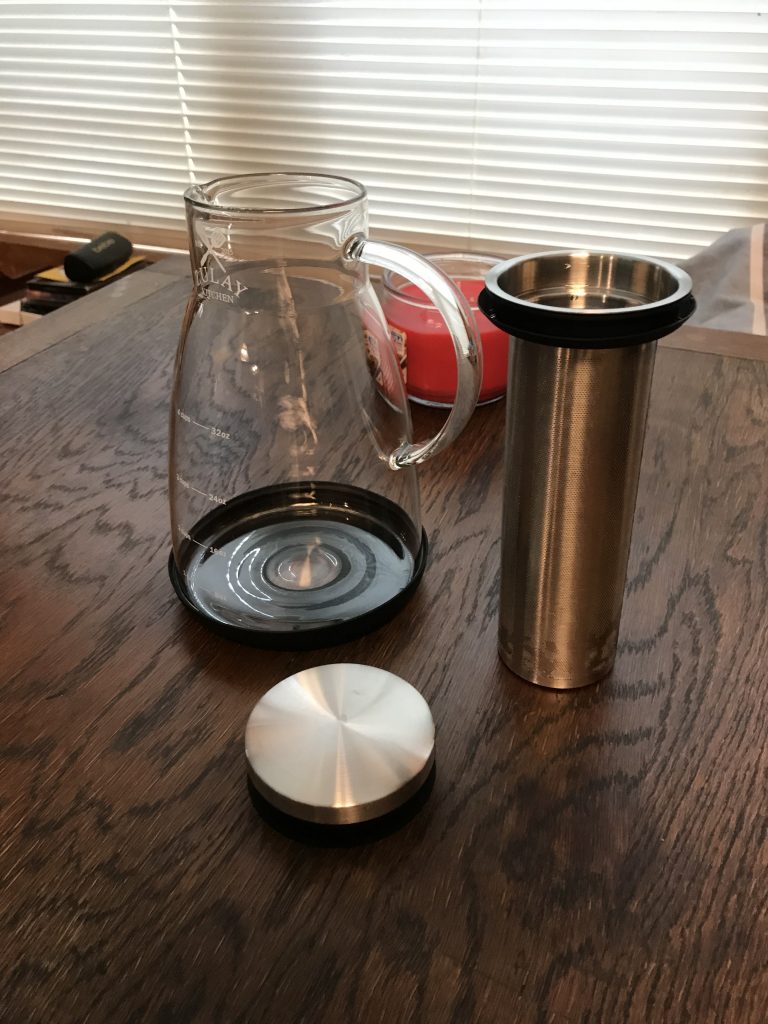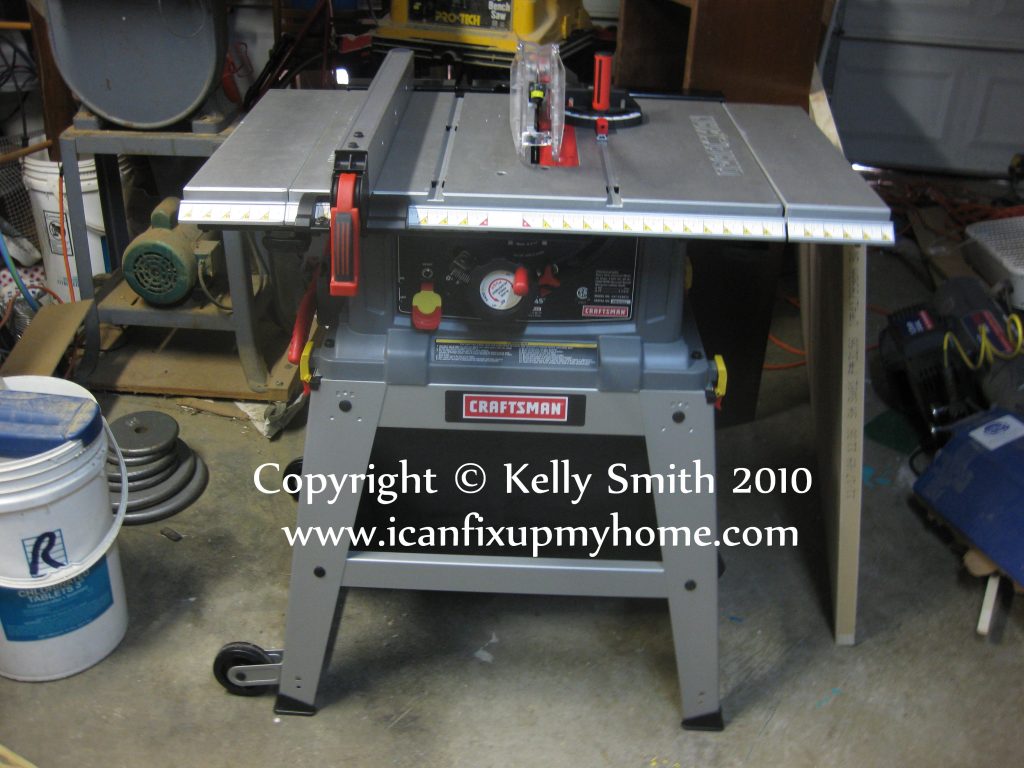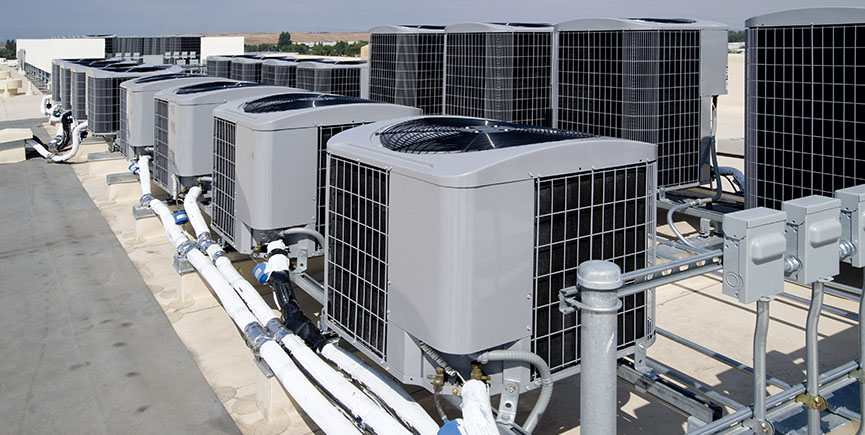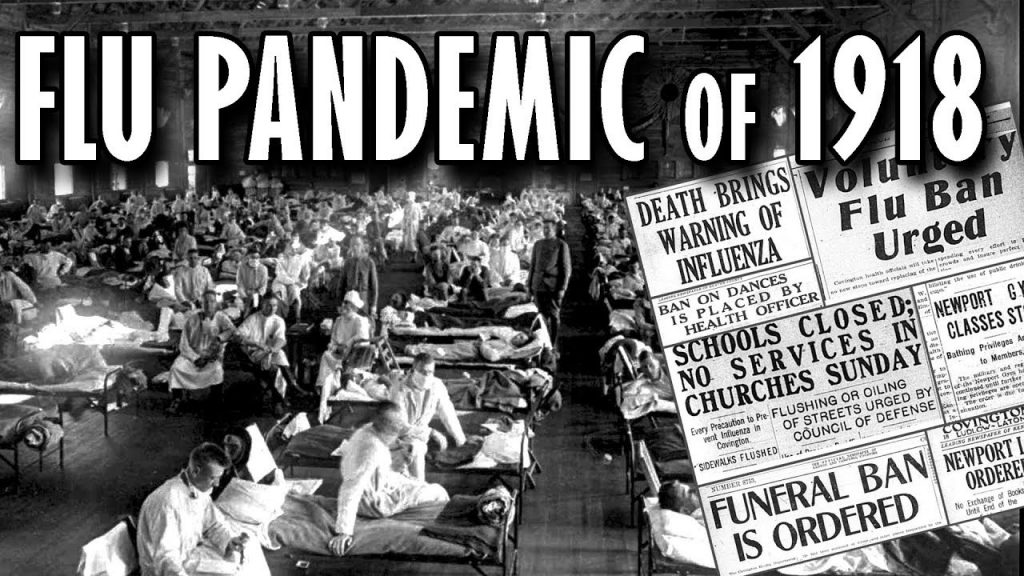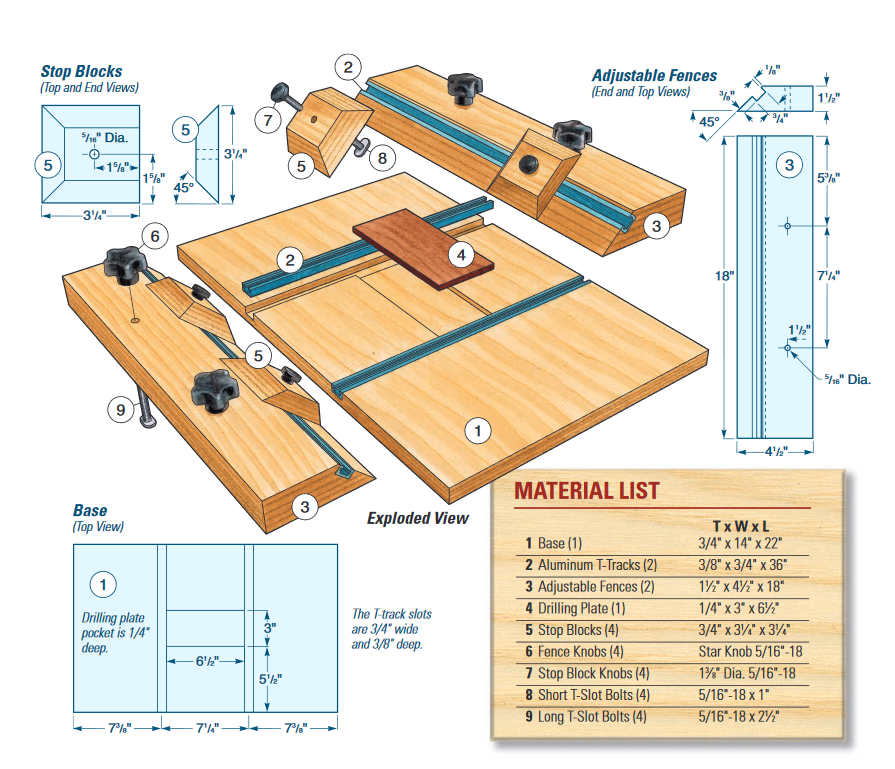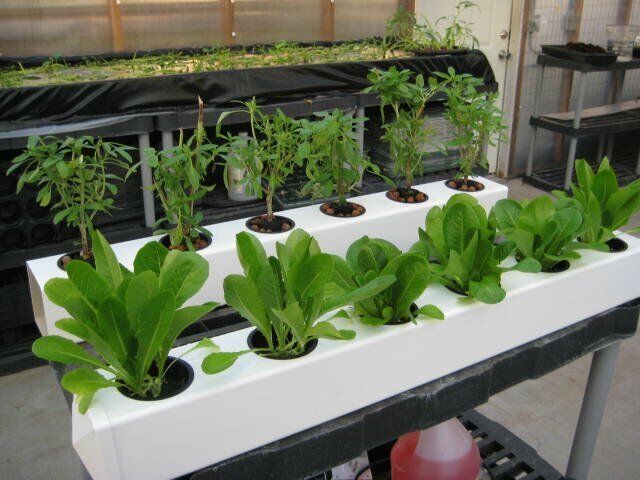Small Changes to Your Diet and Lifestyle Will Put Your Weight Loss in High Gear
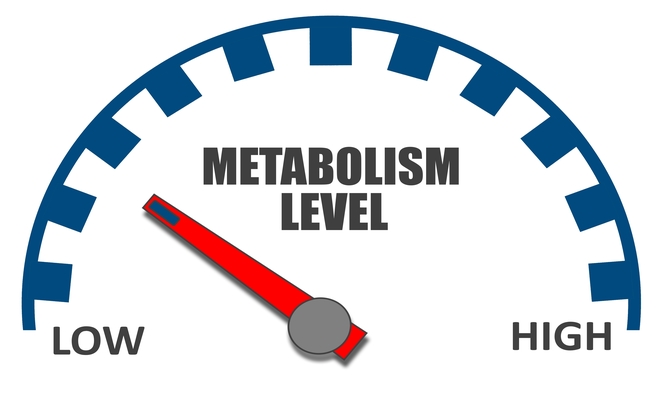
|
This article was updated on 02/07/21.
Ads we feature have been independently selected and reviewed. If you make a purchase using the links included, we may earn commission, which helps support the site.
It’s no secret that our metabolisms slow down as we age. For most of us that means packing on the pounds. If you want to reverse that course of action, it’s not too late to begin. There’s no need to wait to make a New Years resolution. Just work on this list of bad habits that slow metabolism.
- Do you skip breakfast? Unless you are practicing intermittent fasting, you shouldn’t. When you sleep, your metabolism slows. A hearty breakfast will kick it back into gear. While you are at it, try to include foods that contain probiotics, like yogurt with active cultures, to keep your gut in balance. Regularity is a good thing!
- Or, are you eating the wrong things for breakfast? Donuts may be your convenient comfort food, but they aren’t doing you any nutritional favors. What you really need is fiber and protein. I usually go for my homemade bread; it has whole wheat and quinoa for protein and plenty of fiber, what with the steel-cut oats and wheat bran.
- Are you sitting too much? An excess of butt-time triggers your energy-conservation mode. Working from home during the COVID-19 pandemic only makes things worse. I work from home but I’m made aware when I’ve been at the keyboard too long by my Garmin 235 watch. It has a move bar that activates after sitting too long. A stroll around the block is enough to make it go away… until the next time. The National Health Service from the UK says, “Sitting for long periods is thought to slow the metabolism, which affects the body’s ability to regulate blood sugar, blood pressure, and break down body fat.”
- Are you doing enough strength training? Resistance-based exercise keeps your heart rate, and thereby your metabolism, higher after you finish. The American Council on Exercise says, “Whether you lift weights, use resistance bands or use your own body weight for resistance, resistance creates microtears in the muscle tissue. As your body repairs these tears, muscle tissue grows and requires more calories to stay alive.” Cardio activities like running do this as well, just not for as long. Ideally, you should do both cardio and weights.
- Are you eating enough protein? If not, you aren’t going to be able to build or even maintain muscle mass. As noted above, muscle mass is essential in keeping the motor that is your metabolism humming along. If you are a vegan you will need to be more creative to satisfy your protein needs. My oatmeal flax seed bread recipe is a good source as are beans and quinoa.
- Are you drinking enough water? Most of us don’t. A study by The Journal of Clinical Endocrinology & Metabolism found that, “Drinking 500 ml of water increased metabolic rate by 30%. The increase occurred within 10 min and reached a maximum after 30–40 min. The total thermogenic response was about 100 kJ.” So drink up.
- Are you stressed out? If you are then you’re producing the hormone cortisol. The effects? An increased appetite, less desire to exercise, an attraction to comfort foods, and reduced quality of sleep.
- Are you getting enough dairy products in your diet? Milk, cheese, yogurt, and supplements are critical; research links dietary calcium intake to improved regulation of energy metabolism. The National Institute of Health, citing a Spanish study, concluded that, “Our results show that consuming dairy products is associated with a better metabolic profile in the Spanish population.”
- Are you sleeping cool? As it turns out, snoozing in a room that’s about a cool 66ºF increases the level of brown fat. This fat is responsible for burning calories to generate heat. So chill out already.
- Are you eating too much fast food? If you are, you are consuming a lot of high-fat content which takes more time to digest than leaner content. This, in turn, can slow down metabolism and stress compounds the problem.
So there you have it. These 10 bad habits result in a slow metabolism. The good news is that it’s easy to form new habits. So get on with it already.
References
- UK’s National Health Service
- The American Council on Exercise
- The Journal of Clinical Endocrinology & Metabolism
- The National Institute of Health
Related Articles
- Introduction to Intermittent Fasting
- Liver Detox – Fact or Fiction?
- 5 Foods Dietitians Recommend
- Prebiotics, Probiotics, and Synbiotics; What Does It All Mean?

Looking for more great content? Visit our partner sites:
I offer article and blog-writing services. Interested? Contact me for a quote today!
Did you find this article helpful? Millions of readers rely on information on this blog and our main site to stay informed and find meaningful solutions. Please chip in as little as $3 to keep this site free for all.
Visit Kelly’s profile on Pinterest.
About the Author:
 Kelly R. Smith is an Air Force veteran and was a commercial carpenter for 20 years before returning to night school at the University of Houston where he earned a Bachelor’s Degree in Computer Science. After working at NASA for a few years, he went on to develop software for the transportation, financial, and energy-trading industries. He has been writing, in one capacity or another, since he could hold a pencil. As a freelance writer now, he specializes in producing articles and blog content for a variety of clients. His personal blog is at I Can Fix Up My Home Blog where he muses on many different topics.
Kelly R. Smith is an Air Force veteran and was a commercial carpenter for 20 years before returning to night school at the University of Houston where he earned a Bachelor’s Degree in Computer Science. After working at NASA for a few years, he went on to develop software for the transportation, financial, and energy-trading industries. He has been writing, in one capacity or another, since he could hold a pencil. As a freelance writer now, he specializes in producing articles and blog content for a variety of clients. His personal blog is at I Can Fix Up My Home Blog where he muses on many different topics.



